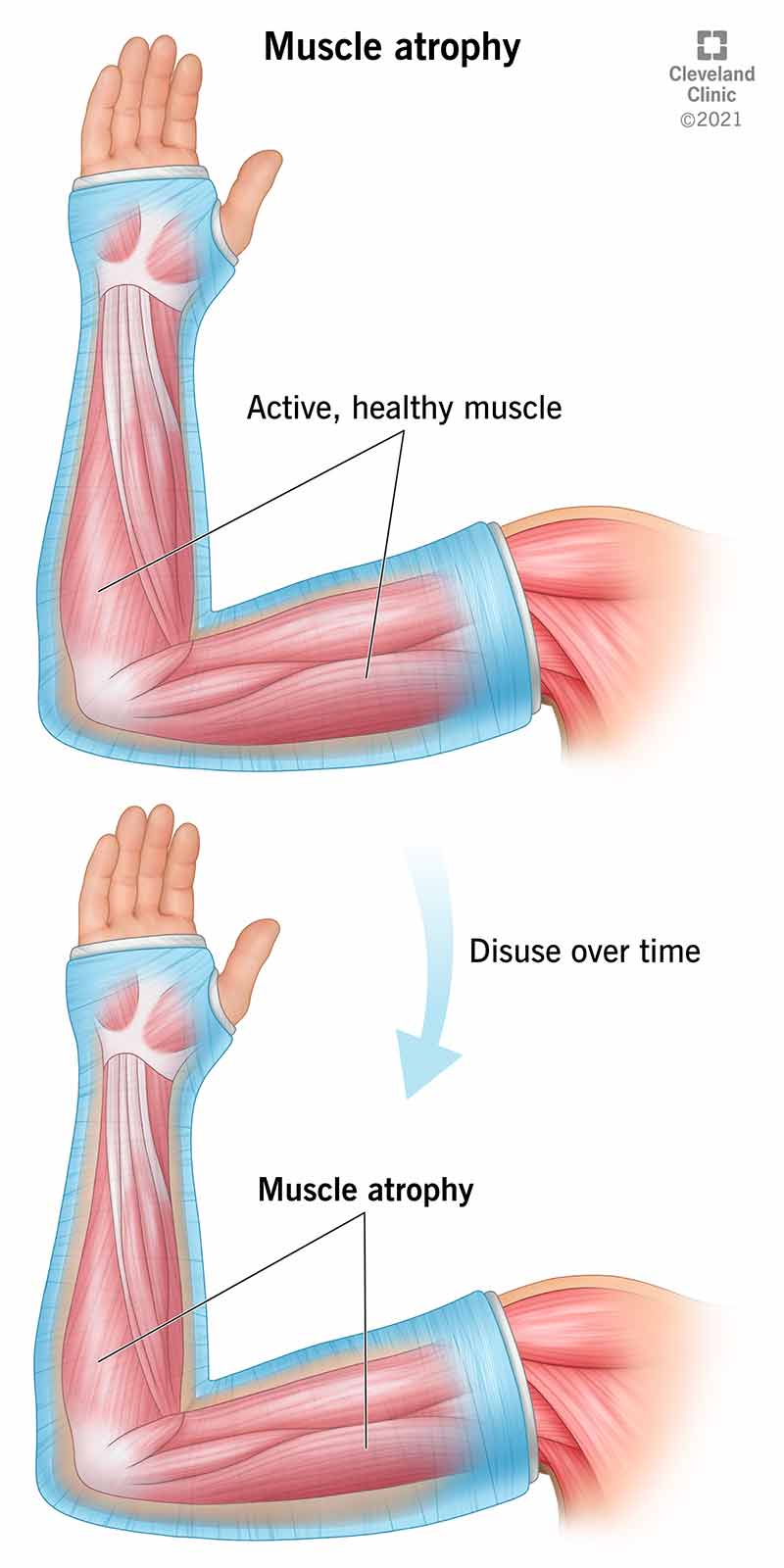Can you recover from muscle wasting? It’s a question that crosses the minds of many, especially as the years roll by and maintaining physical strength becomes an uphill battle. Muscle wasting, clinically known as sarcopenia, is a common condition that predominantly affects older adults. The gradual decline of muscle mass and strength can significantly impact your quality of life, making daily activities more challenging. But the good news is that with the right approach, recovery is not only possible but also highly effective.
Understanding Sarcopenia
Table of Contents
What is Sarcopenia?
Sarcopenia is a condition characterized by the progressive loss of skeletal muscle mass and strength. This often results in diminished physical function and an increased risk of falls and fractures. While it’s most commonly associated with aging, other factors like sedentary lifestyle, poor nutrition, and certain medical conditions can accelerate this muscle loss.
Causes of Muscle Wasting
Various factors contribute to muscle wasting. Primarily, as you age, your body becomes less efficient at producing the proteins required for muscle growth. Hormonal changes, such as decreased levels of growth hormone and testosterone, also play a significant role. Additionally, lack of physical activity and poor nutrition can exacerbate the condition.
Diagnosing Sarcopenia
Diagnosing sarcopenia involves a combination of physical assessments and diagnostic tests. Physicians might use dual-energy X-ray absorptiometry (DXA) scans to measure muscle mass, grip strength tests, and gait speed assessments to gauge muscle function. Early diagnosis can make a significant difference in the management and potential reversal of muscle wastage.
Recovery Strategies
Physical Activity
Exercise is arguably the most effective way to combat muscle wasting. Resistance training such as weight lifting, resistance bands, and body-weight exercises can help rebuild muscle mass and strength. Aerobic exercises like walking, swimming, and cycling can improve cardiovascular health, which in turn supports muscle recovery.
| Type of Exercise | Examples | Benefits |
|---|---|---|
| Resistance | Weight lifting, resistance bands | Builds muscle mass and strength |
| Aerobic | Walking, swimming, cycling | Enhances cardiovascular health |
| Flexibility | Yoga, stretching | Improves range of motion and balance |
Nutrition
Nutrition plays a crucial role in muscle health. Adequate protein intake is essential since protein provides the building blocks for muscle repair and growth. Aim for a balanced diet rich in lean meats, fish, eggs, dairy products, legumes, and nuts. Supplements like whey protein or branched-chain amino acids (BCAAs) can also be beneficial.
| Nutrient | Sources | Benefits |
|---|---|---|
| Protein | Lean meats, fish, eggs, dairy, legumes, nuts | Muscle repair and growth |
| Omega-3 | Fatty fish, flaxseeds, chia seeds | Reduces muscle inflammation |
| Vitamin D | Sunlight exposure, fortified foods, supplements | Supports muscle function and health |
Medical Interventions
For some, lifestyle changes alone may not be sufficient. In such cases, medical interventions might be necessary. Growth hormone therapy, hormone replacement therapy, and medications like selective androgen receptor modulators (SARMs) are used to help increase muscle mass and strength. Consult your healthcare provider for personalized treatment options.
Supplements for Muscle Building
In addition to a balanced diet, certain supplements can aid in muscle recovery. Creatine, for instance, is known for its effectiveness in enhancing muscle strength and mass. Beta-alanine, leucine, and HMB (Beta-hydroxy-beta-methylbutyrate) are other supplements that have shown promise in combating muscle wasting.
| Supplement | Benefits | How to Take |
|---|---|---|
| Creatine | Increases muscle strength and mass | 3-5 grams daily |
| Beta-alanine | Enhances exercise performance | 2-5 grams daily |
| HMB | Reduces muscle breakdown | 3 grams daily, in divided doses |

Creating a Sustainable Plan
Setting Realistic Goals
Achieving muscle recovery is a journey that requires time and consistency. Start by setting achievable goals. Whether it’s increasing your exercise frequency, improving your diet, or integrating supplements, small steps can lead to significant progress over time.
Monitoring Progress
Regularly monitoring your progress can help keep you motivated. Track changes in your muscle mass, strength, and overall physical function. Keep a workout log, maintain a food diary, and schedule regular check-ups with your healthcare provider to evaluate your progress.
Combining Strategies
Combining different strategies—physical activity, nutrition, and medical interventions—typically yields the best results. Tailor your approach based on your specific needs and adjust as necessary. Your journey to recovery is unique, and what works for someone else may need tweaking to be effective for you.

Overcoming Challenges
Dealing with Motivation
Staying motivated can be tough, especially when results aren’t immediate. Surround yourself with a support system, whether that’s friends, family, or a fitness community. Celebrate small victories and remind yourself of the broader benefits of regaining muscle mass and strength.
Managing Pain and Discomfort
It’s common to experience some muscle soreness, especially when you’re starting a new exercise regimen. Listen to your body and don’t push through severe pain. Rest and recovery are just as important as the physical activity itself. Consider consulting a physical therapist to design a program that minimizes pain.
Coping with Setbacks
Setbacks are part of any recovery journey. Whether it’s a missed workout or dietary slip-up, don’t get discouraged. Focus on your long-term goals and get back on track as soon as possible. Remember, persistence is more critical than perfection.

Conclusion
Recovering from muscle wasting is certainly achievable with a well-rounded approach. By combining physical activity, proper nutrition, medical interventions, and supplements, you can significantly improve your muscle health and overall physical function. It’s a journey that requires commitment, but the rewards—enhanced mobility, strength, and quality of life—are well worth the effort.
Regularly consult your healthcare provider to tailor a plan that’s best suited to your needs. Keep setting realistic goals, monitor your progress, and don’t be afraid to tweak your strategies as you go. Recovery is within your reach, and taking the first step is the most important part.






